March is National Cerebral Palsy Awareness Month and Awareness Day on March 25.
What is cerebral palsy?
Cerebral palsy (CP) refers to a group of neurological disorders that appear in infancy or early childhood and permanently affect body movement and muscle coordination. CP is caused by damage to or abnormalities inside the developing brain that disrupt the brain’s ability to control movement and maintain posture and balance. The term cerebral refers to the brain; palsy refers to the loss or impairment of motor function.
Can cerebral palsy be prevented?
Cerebral palsy related to genetic abnormalities cannot be prevented, but some risk factors for congenital cerebral palsy can be managed or avoided. For example, rubella (German measles) is preventable if female parents are vaccinated against the disease before becoming pregnant. Acquired cerebral palsy, often due to head injury, is preventable using common safety tactics, such as using car seats for infants and toddlers.
What are the different types of cerebral palsy?
Doctors classify cerebral palsy according to the type of movement disorder involved: Spastic (stiff muscles), athetoid (writhing movements), or ataxic (poor balance and coordination)—plus any additional symptoms, such weakness (paresis) or paralysis (plegia).
There are four main types of CP:
Spastic cerebral palsy is the most common. People have stiff muscles and awkward movements. Forms of spastic cerebral palsy include:
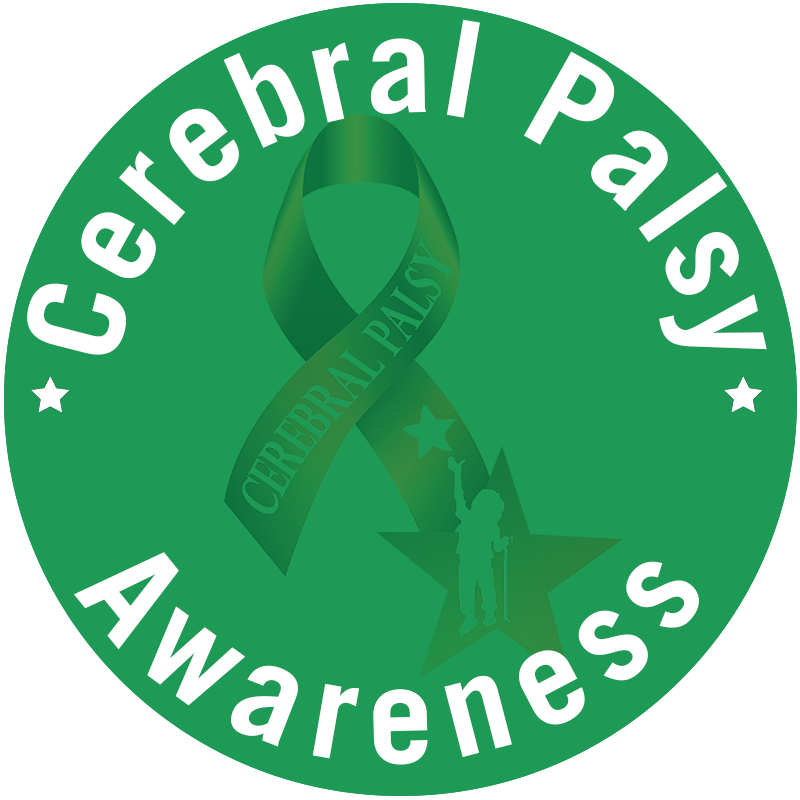 -Spastic hemiplegia/hemiparesis typically affects the arm and hand on one side of the body, but it can also include the leg. Children with spastic hemiplegia generally walk later and on tip-toe because of tight heel tendons. The arm and leg of the affected side are frequently shorter and thinner. Some children will develop scoliosis, an abnormal curvature of the spine. Speech is delayed and, at best, may be competent, but intelligence is usually normal.
-Spastic hemiplegia/hemiparesis typically affects the arm and hand on one side of the body, but it can also include the leg. Children with spastic hemiplegia generally walk later and on tip-toe because of tight heel tendons. The arm and leg of the affected side are frequently shorter and thinner. Some children will develop scoliosis, an abnormal curvature of the spine. Speech is delayed and, at best, may be competent, but intelligence is usually normal.
-Spastic diplegia/diparesis involves muscle stiffness that is mainly in the legs and less severely affects the arms and face, although the hands may be clumsy. Tendon reflexes in the legs are hyperactive. Tightness in certain leg muscles makes the legs move like the arms of a scissor. Children may require a walker or leg braces. Intelligence and language skills are usually normal.
-Spastic quadriplegia/quadriparesis is the most severe form of cerebral palsy and is often associated with moderate-to-severe intellectual disability. It is caused by widespread damage to the brain or significant brain malformations. Children will often have severe stiffness in their limbs but a floppy neck. They are rarely able to walk. Speaking is difficult. Seizures can be frequent and hard to control.
Dyskinetic cerebral palsy (also includes athetoid, choreoathetoid, and dystonic cerebral palsies) is characterized by slow and uncontrollable writhing or jerky movements of the hands, feet, arms, or legs. Hyperactivity in the muscles of the face and tongue makes some children grimace or drool. They find it difficult to sit straight or walk. Some children have problems hearing, controlling their breathing, and/or coordinating the muscle movements required for speaking. Intelligence is rarely affected.
Ataxic cerebral palsy affects balance and depth perception. Children with ataxic CP will often have poor coordination and walk unsteadily with a wide-based gait. They have difficulty with quick or precise movements, such as writing or buttoning a shirt, or a hard time controlling voluntary movement such as reaching for a book.
Mixed types of cerebral palsy refer to symptoms that don’t correspond to any single type of CP but are a mix of types. For example, a child with mixed CP may have some muscles that are too tight and others that are too relaxed, creating a mix of stiffness and floppiness.
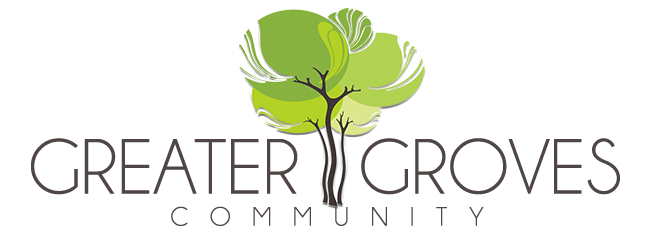











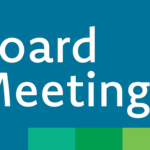




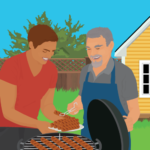


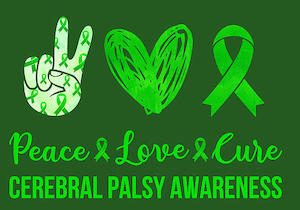
Add comment
You must be logged in to post a comment.